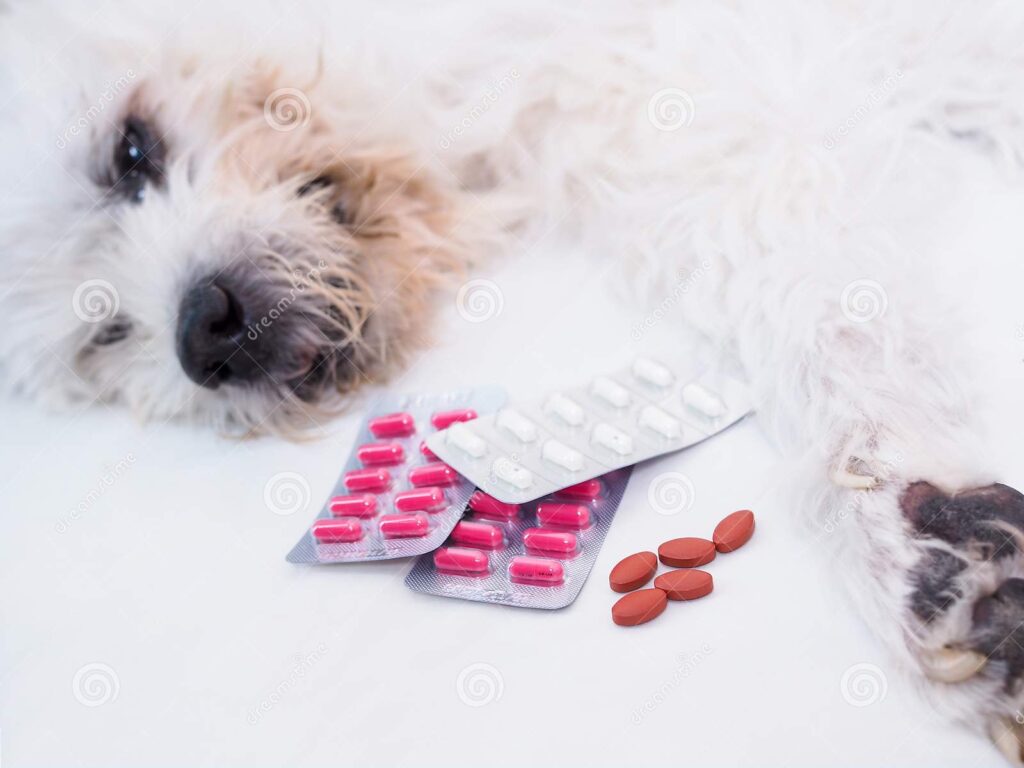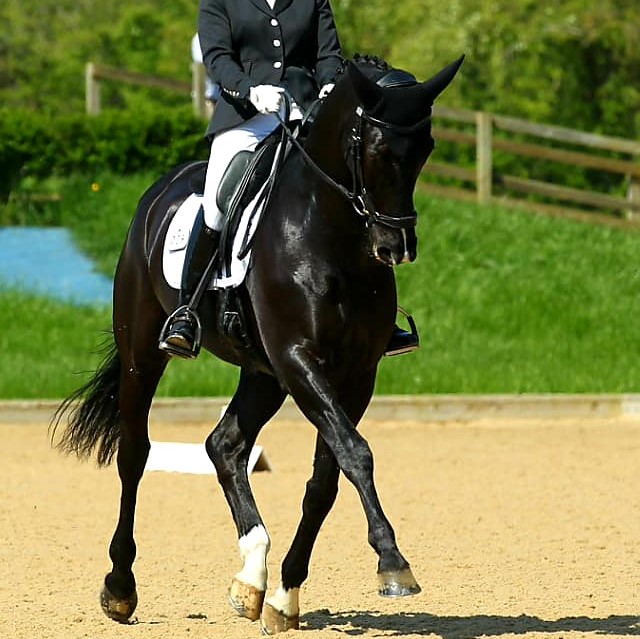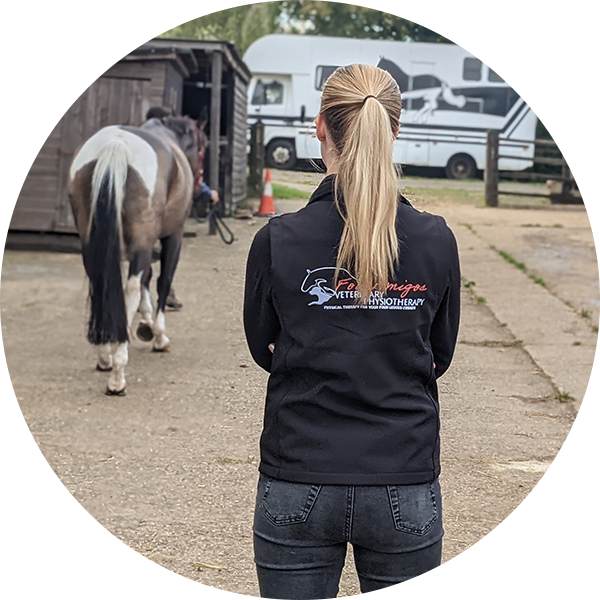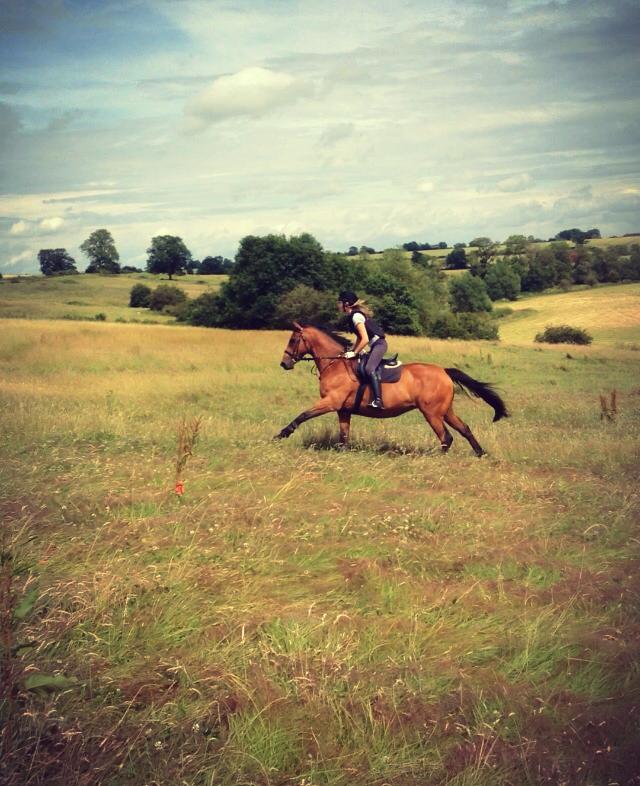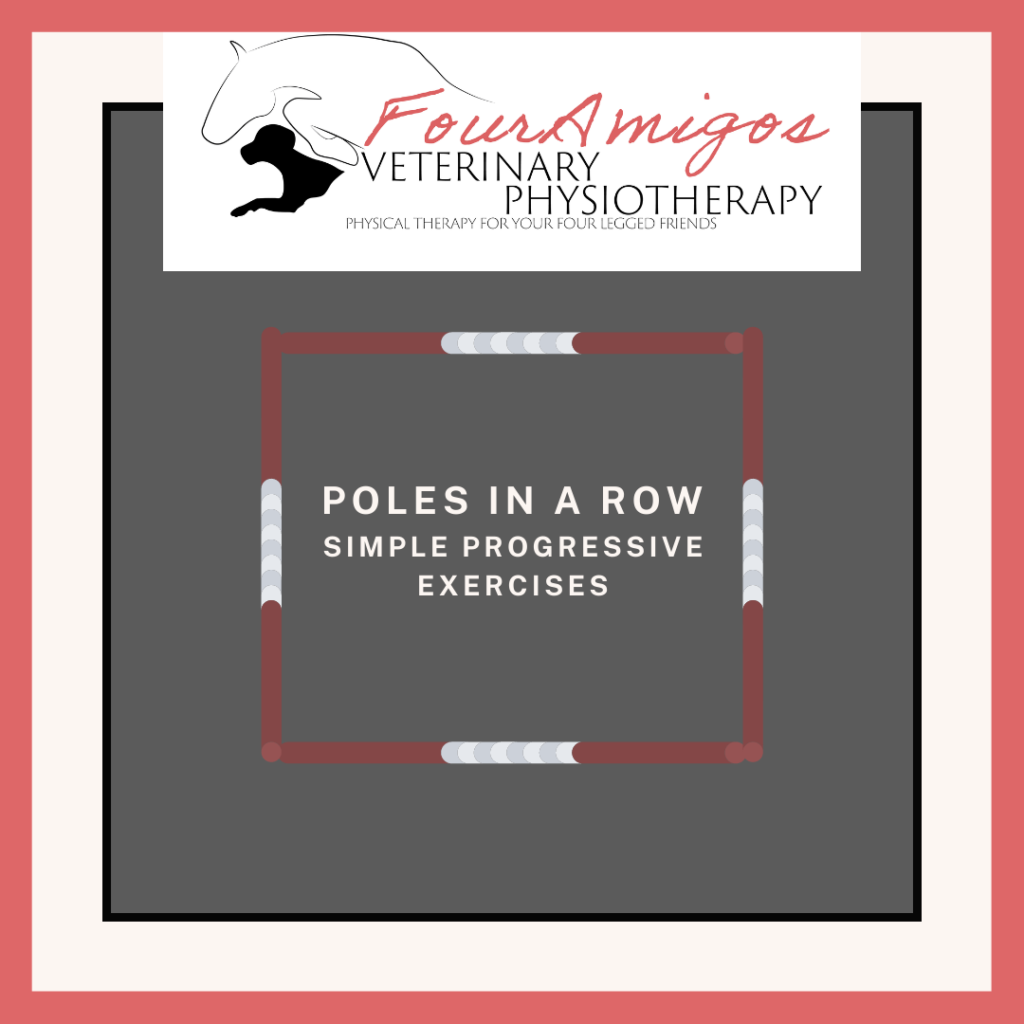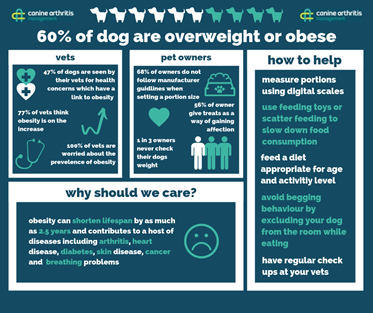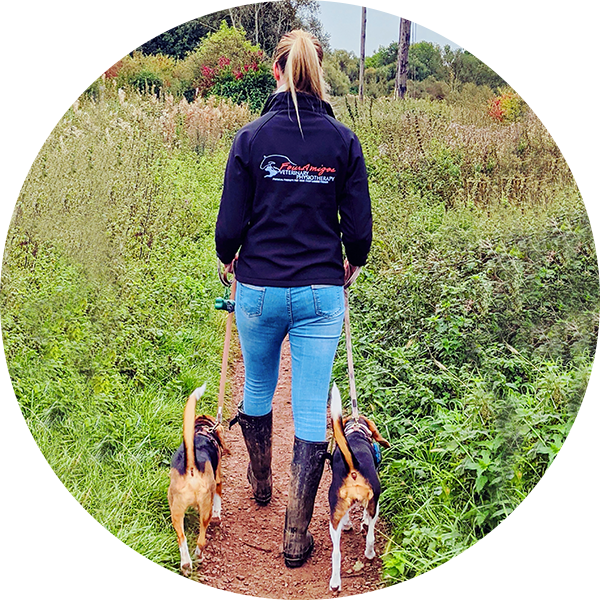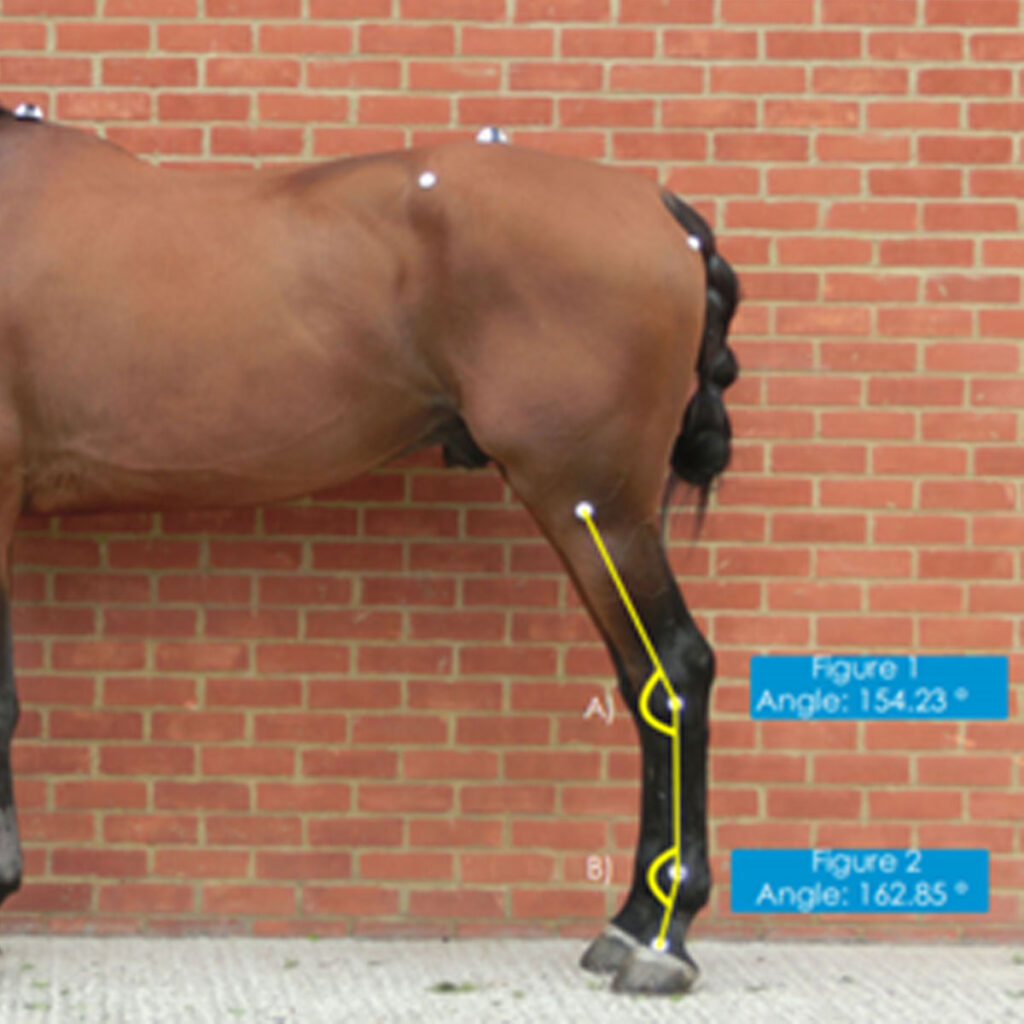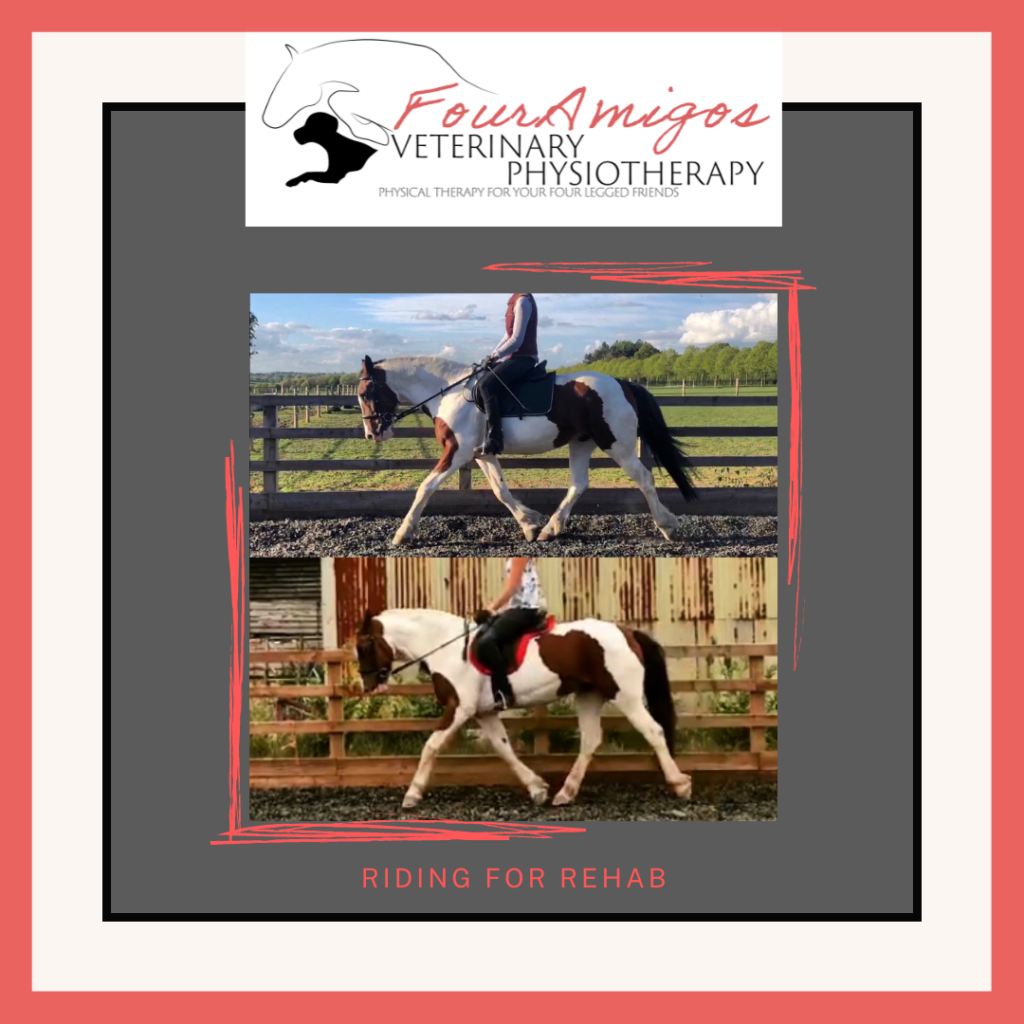How can you tell your animal is in pain?
Pain can be really hard to distinguish. Especially when it is mild, and when it is in an animal that uses totally different “language” to us! Additionally, different types of pain, such as visceral (internal organ) and musculoskeletal (muscles, bones and joints), and whether it is acute or chronic, can have different signs. However it […]
How can you tell your animal is in pain? Read More »

